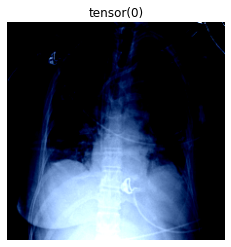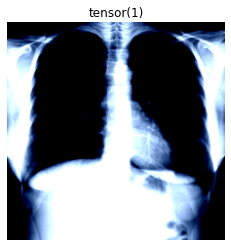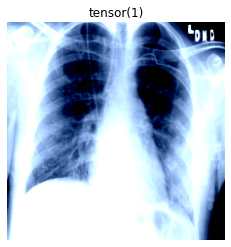This repository contains code and results for COVID-19 classification assignment by Deep Learning Spring 2020 course offered at Information Technology University, Lahore, Pakistan. This assignment is only for learning purposes and is not intended to be used for clinical purposes.
Attached notebook contains two type of experiments one with freezing all FC layers of VGG16 adn ResNet18 and adding new FC layers by removing already added ones, second type is to train networks by unfreezing some CNN layers and finally doing a critical analysis of unfreezing all CNN layers of both already trained models by retraining it.
Learning Rate = 0.0001, Epochs = 5, Batch Size = 8, Momentum = 0.9
Learning Rate = 0.01, Epochs = 5, Batch Size = 8, Momentum = 0.95
Learning Rate = 0.001, Epochs = 3, Batch Size = 60, Momentum = 0.9
Learning Rate = 0.01, Epochs = 5, Batch Size = 8, Momentum = 0.95
Training on full data set, In my experiments VGG was performing better although it was taking a little higher time to learn. While learning I noticed that decreasing batch size was increasing accuracy. I was able to get highest accuracy in case of VGG16 as 87% and in case of ResNet18 it was 84%.
I noticed that by increasing the batch size to 60 incase of ResNet was drastically decreases the performance, I joined the same number of FC layers in the end, but I don’t why this happened. For both the experiments I used learning rate 0.001 and I tried 0.0001 but I didn’t get good results with that. Moreover, I set momentum to 0.9 or 0.95.
Learning Rate = 0.0001, Epochs = 5, Batch Size = 8, Momentum = 0.95 with Last layer unfreeze
Learning Rate = 0.001, Epochs = 5, Batch Size = 8, Momentum = 0.95 with Last CNN layer unfreeze
Training on full data set, If we compare 3 epochs of Full VGG network, it has highest F1 score, although accuracy remains the same to 87% which we received in FC layer. So, again, by more epochs this score can increase to near 90% or go beyond that.
ResNet-18 with Full unfreeze layers outperforms VGG as with 3 epochs it gives 88% accuracy with 1 F1 score.
I did the experiment using following architecture and hyperparameters:
Architecture of Network: VGG with three FC layer of 1024, 512 and 3 depth respectively. Epochs = 5 with BCEWithLogitsLoss(), lr=0.005, momentum=0.9 with alpha = 1 and gamma =2
Dataset Link: https://drive.google.com/file/d/1-HQQciKYfwAO3oH7ci6zhg45DduvkpnK/view
Dataset Link for FL experiments: https://drive.google.com/open?id=1eytbwaLQBv12psV8I-aMkIli9N3bf8nO&authuser=1
Note: You can find trained models under weights folder.






































